Gear & Equipment
Several classrooms in Montana received Everest Education Expedition gear and equipment that allowed students to mimic the scientific research of the 2012 EEE team. The following activities were developed to complement the teaching kits, but can be used by any classroom that can acquire the necessary gear and equipment.
All Science Zones are available in a downloadable PDF. When appropriate, links for purchasing equipment are included.
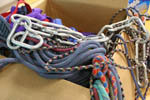
Learn about some of the basic climbing gear used by the Everest Education Expedition and by rock and ice climbers everywhere.
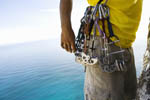
How's your clove hitch these days? Are you practiced up with your water knot? What about the classic figure eight? Learn to tie these and other knots that the Everest Education Expedition team will use to keep safe.

Have you ever tried to take notes while standing in a rainstorm? Here's how researchers do it!
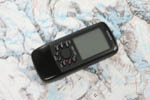
Your class can use a Global Positioning System to find rocks, just like our Montana State University geology team will do on Everest.
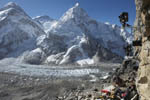
While on Everest, Conrad Anker will be servicing cameras that track the movement of glaciers. You can be involved in repeat photography, too! You can also read about how scientists in Montana use repeat photographs to study vegetation.
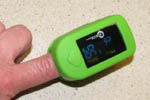
A pulse oximeter is one of the coolest tools at school. Invite a healthcare professional to your class and find out how this nifty device can save lives on Everest and closer to home.
Here's an additional pulse oximeter activity developed and submited by Myrna Matulevich from St. Matthew's School in Kalispell, MT.


